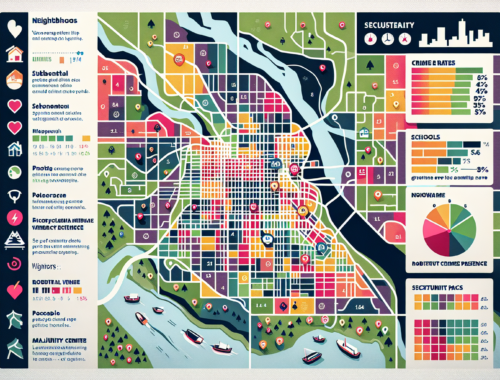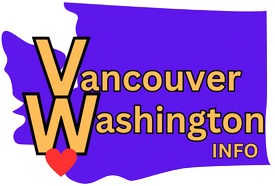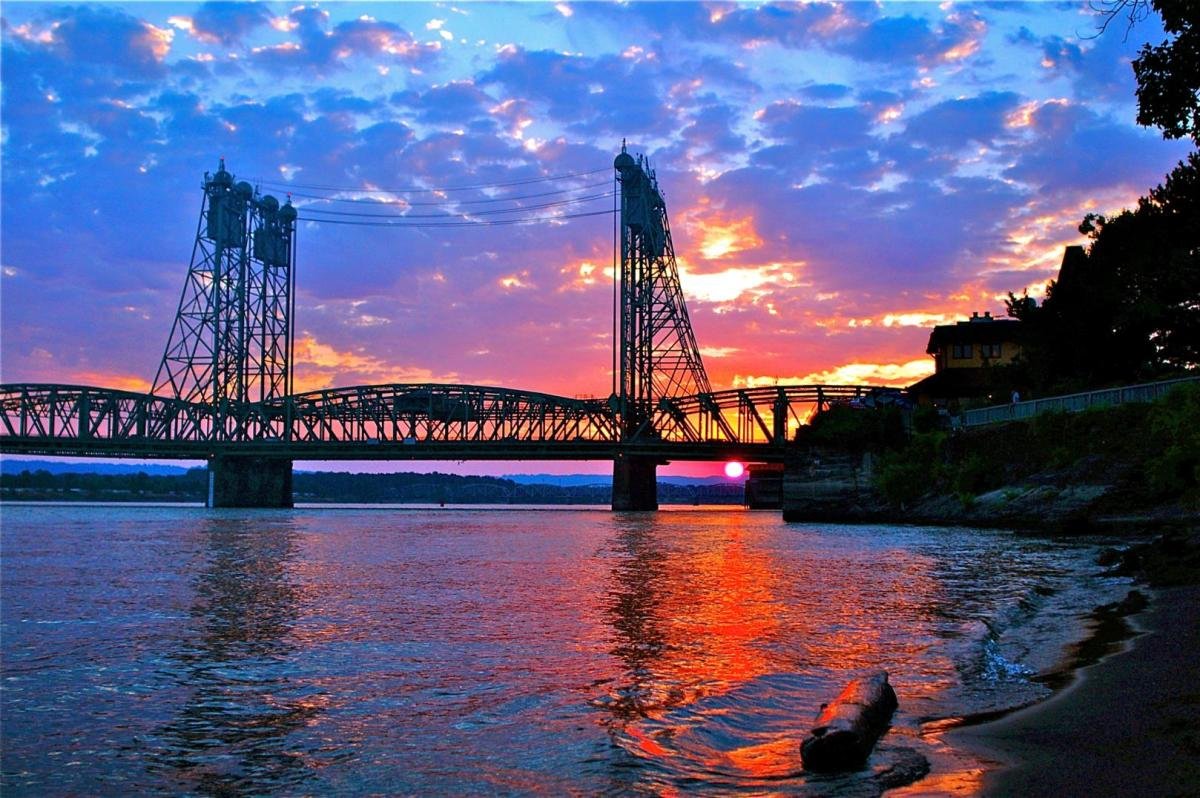
How Far is Vancouver Washington from Portland Oregon
In this article, you will learn about the distance between Vancouver, Washington and Portland, Oregon. If you have plans to visit either of these cities or need to commute between them, it’s important to know the distance and travel time. By the end of this article, you will have a better understanding of how far these two cities are from each other and how long it might take to get there.
Vancouver, Washington is located just across the Columbia River from Portland, Oregon. The distance between the two cities is approximately 9 miles, making it a relatively short drive. Depending on traffic conditions, the travel time can range from 15 to 30 minutes. Whether you’re heading to Portland for work or exploring the attractions in Vancouver, it’s easy to travel between the two cities.
Table of Contents
ToggleDirect driving distance
Overview
When planning a trip between Vancouver, Washington and Portland, Oregon, one of the first things you’ll likely want to know is the direct driving distance between the two cities. Whether you’re commuting for work or planning a leisurely outing, it’s essential to understand the distance to properly budget your time and plan your route.
Calculating the shortest driving route
The direct driving distance between Vancouver, Washington and Portland, Oregon is approximately 10 miles. However, it’s important to note that this is the shortest distance and may not necessarily be the most convenient or fastest route. Factors such as traffic conditions, road closures, and personal preferences can all influence the actual route you choose to take.
Factors affecting the distance
Several factors can affect the distance between the two cities. These factors include the specific starting and ending points within each city, road construction projects, and detours along the way. It’s recommended to use a reliable navigation system or map to calculate the most accurate driving distance for your specific route.
Traffic considerations
Traffic conditions can greatly impact travel time and convenience. Commuting during rush hour can significantly increase travel time, especially when crossing major bridges connecting the cities. It’s important to consider peak hours and potential congestion when planning your trip, as these factors can affect not only your travel time but also your overall driving experience.
Scenic route alternatives
If you’re in no rush and want to make your journey more enjoyable, there are scenic route alternatives available. Exploring side roads, state highways, and local routes can offer beautiful views of the Pacific Northwest’s natural landscapes. While these routes may add a few extra miles to your trip, the breathtaking scenery and peaceful atmosphere can make it well worth it.
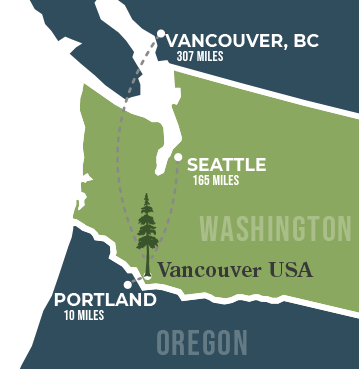
Driving route options
Interstate 5 (I-5)
One of the most popular and direct driving routes between Vancouver and Portland is via Interstate 5 (I-5). This major north-south interstate connects the two cities and provides a relatively straightforward and efficient travel option. While traffic on I-5 can be heavy during peak hours, it generally offers a time-saving and direct route.
Interstate 205 (I-205)
For those looking to avoid potential congestion on I-5, Interstate 205 (I-205) provides an alternative route. This interstate loops around the eastern side of Portland and offers a more scenic and less crowded option. While it may add a few extra miles to your journey, I-205 can be a viable choice during peak hours or when I-5 experiences heavy traffic.
Highway 14
If you prefer a more scenic route along the Columbia River, Highway 14 is a great option. This highway winds along the Washington side of the river, offering stunning views of the water and the Oregon landscape across the way. While this route may not be the most direct, it can be an excellent choice for those looking for a more relaxed and picturesque driving experience.
Side roads and local routes
For those who enjoy exploring the local charm of small towns and rural landscapes, taking side roads and local routes can provide unique experiences. This option allows you to take your time, discover hidden gems along the way, and truly appreciate the beauty of the Pacific Northwest. However, it’s important to keep in mind that these routes may add extra time to your trip, so plan accordingly.
Comparison of routes
To choose the best driving route between Vancouver and Portland, it’s crucial to consider your specific needs and priorities. If reaching your destination quickly is your main concern, I-5 is likely your best bet. However, if experiencing scenic views or avoiding heavy traffic is more important to you, I-205 or Highway 14 may be better options. Carefully weigh your preferences before making a decision.
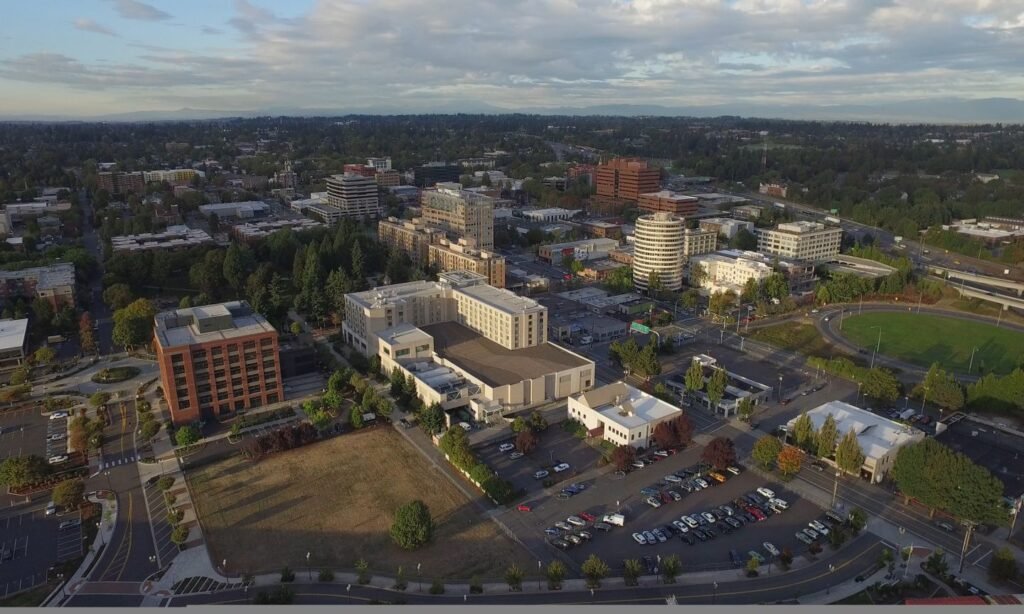
Estimated travel time
Factors affecting travel time
Several factors can affect the estimated travel time between Vancouver and Portland. These factors include the route chosen, traffic conditions, road work, and unexpected events such as accidents or severe weather conditions. It’s essential to consider these variables when planning your trip to ensure you arrive at your destination on time.
Average driving time
On average, the direct drive between Vancouver and Portland typically takes around 20 minutes, barring any unforeseen circumstances or traffic delays. However, it’s important to note that this estimate is based on ideal conditions and may vary depending on the time of day and the specific route you choose to take.
Peak hours and congestion
During peak hours, travel time can increase significantly due to heavy traffic and congestion on the major highways connecting Vancouver and Portland. To avoid unnecessary delays, consider traveling during off-peak hours or utilizing less congested routes such as I-205 or Highway 14.
Travel time variations by route
The travel time can vary depending on the route you choose. While I-5 and I-205 generally offer faster travel times, other options like Highway 14 may take slightly longer due to the more scenic nature of the route. Factoring in potential detours and road work can help you plan your journey more effectively and reduce unexpected delays.
Tips for minimizing travel time
To minimize your travel time between Vancouver and Portland, consider the following tips:
- Travel during off-peak hours to avoid heavy traffic congestion.
- Utilize real-time traffic updates from reliable navigation apps or websites to avoid areas of congestion.
- Plan your route in advance, considering alternate options such as I-205 or Highway 14 if traffic conditions on I-5 are unfavorable.
- Consider carpooling or using ride-sharing services to access carpool lanes and potentially reduce travel time.
Distance by public transportation
Overview of public transportation options
If driving is not an option or you prefer an alternative to the car, public transportation is a viable choice for traveling between Vancouver and Portland. Several public transportation options are available, each with its own advantages and considerations.
Bus services between Vancouver and Portland
Bus services such as C-TRAN and TriMet operate between Vancouver and Portland, providing convenient and affordable transportation options. These services typically run on a regular schedule and offer a reliable and comfortable way to travel between the two cities. However, it’s important to consider possible delays due to traffic conditions and the need to transfer between different bus routes.
Light rail and commuter train options
Light rail and commuter train options, such as the MAX Light Rail and the West Coast Express, also connect Vancouver and Portland. These services offer a convenient and efficient way to travel, particularly for commuters or those wanting a more relaxed journey. However, it’s crucial to check the schedules and plan your journey accordingly, as train frequencies may vary.
Ferry services
For a unique and scenic travel experience, ferry services are available for crossing the Columbia River. These services operate between various locations along the river and provide an enjoyable alternative to traditional transportation methods. It’s worth noting that ferry services may have limited operating hours and availability, so it’s essential to plan your trip accordingly.
Benefits and drawbacks of public transportation
Public transportation offers numerous benefits, including cost-effectiveness, reduced environmental impact, and the ability to relax and avoid the stress of driving. However, it’s important to consider potential drawbacks such as limited schedules, the need to coordinate transfers, and the potential for delays due to traffic or other factors.
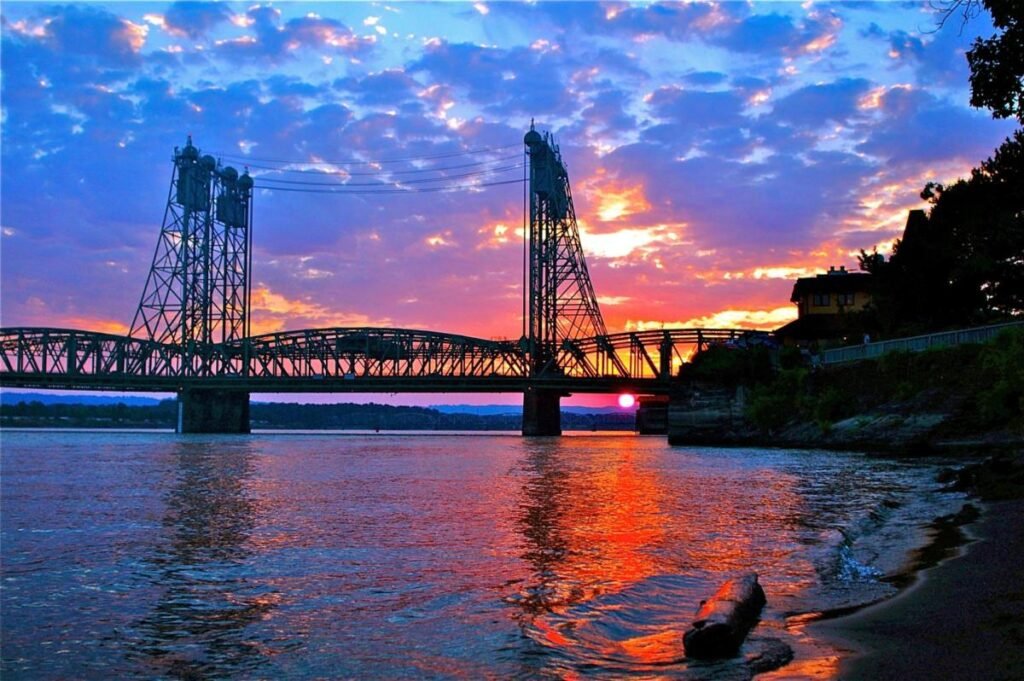
Alternative transportation options
Cycling between Vancouver and Portland
Another alternative transportation option between Vancouver and Portland is cycling. Both cities offer well-maintained bike lanes and paths, making cycling a convenient and eco-friendly choice. This option allows you to enjoy the outdoors, stay active, and potentially save money on transportation costs. However, it’s essential to consider factors such as weather conditions, physical fitness level, and the availability of bike-friendly routes.
Walking routes and pedestrian options
For shorter distances or those who enjoy walking, exploring Vancouver and Portland on foot is a viable option. Both cities have a pedestrian-friendly infrastructure with sidewalks, crosswalks, and pedestrian paths. Walking allows you to immerse yourself in the urban environment, discover hidden gems, and experience the unique charm of each city. However, it’s important to consider the time required and the distance between specific locations.
Car-sharing and ride-sharing services
Car-sharing and ride-sharing services provide convenient alternatives to traditional transportation methods. Companies like Zipcar and Uber operate in both Vancouver and Portland, allowing you to access a car when needed or share a ride with others. These services offer flexibility, convenience, and potentially reduced travel time. However, it’s important to consider factors such as availability, costs, and peak demand periods.
Alternative transportation initiatives
Both Vancouver and Portland have implemented various initiatives to promote alternative transportation options. These initiatives include the creation of bike lanes, public transportation improvements, and incentives for using eco-friendly transportation methods. Keeping abreast of these initiatives and considering them when planning your trip can help you make more sustainable and informed transportation choices.
Accessibility considerations
When choosing alternative transportation options, it’s crucial to consider accessibility needs. Ensure that the chosen method provides appropriate accommodations for individuals with disabilities or mobility challenges. Additionally, consider factors such as proximity to transit stops, availability of bike-sharing stations, and the presence of accessible routes for pedestrians.
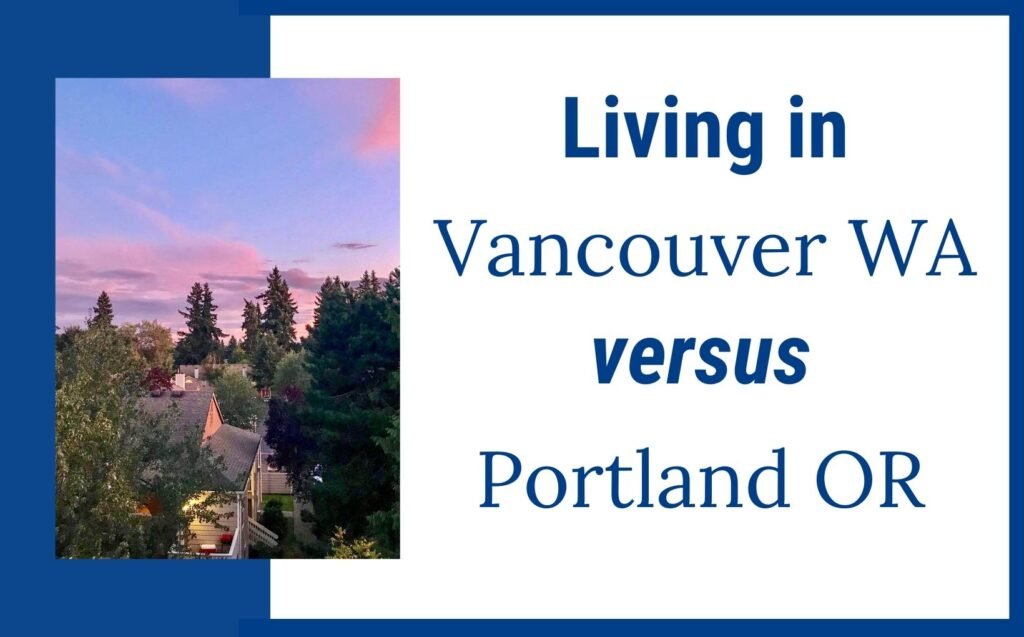
Conclusion
Summary of key points
The direct driving distance between Vancouver, Washington and Portland, Oregon is approximately 10 miles; however, factors such as traffic and personal preferences can affect the actual distance traveled. When considering travel options, it’s essential to evaluate factors such as travel time, traffic conditions, and scenic route alternatives. Public transportation options, including bus services, light rail, and commuter trains, offer convenient alternatives to driving. Additionally, alternative transportation options such as cycling, walking, and car-sharing services provide environmentally friendly and cost-effective choices.
Factors to consider when choosing travel options
When choosing the best travel option, consider factors such as convenience, travel time, reliability, and personal preferences. Evaluate the advantages and drawbacks of each method to find the option that best suits your needs and priorities.
Recommendations based on individual preferences
While each transportation option has its merits, choosing the ideal method of travel ultimately depends on individual preferences and specific circumstances. Consider factors such as time constraints, environmental concerns, budget constraints, and accessibility requirements when making your decision.
Impact of travel distance on commuting and lifestyle
Understanding the distance and travel options between Vancouver and Portland can have a significant impact on commuting patterns and overall lifestyle. By choosing the right travel option, individuals can save time, reduce stress, and potentially enhance their quality of life.
Future developments and improvements
Both Vancouver and Portland continue to invest in improving transportation infrastructure and exploring innovative alternatives. Stay informed about future developments, initiatives, and improvements to make the most informed travel choices.
With a variety of travel options available, the distance between Vancouver, Washington, and Portland, Oregon is easily manageable. Whether driving, taking public transportation, or exploring alternative methods, choosing the best travel option will ensure a pleasant and efficient journey between these Pacific Northwest cities.
You May Also Like
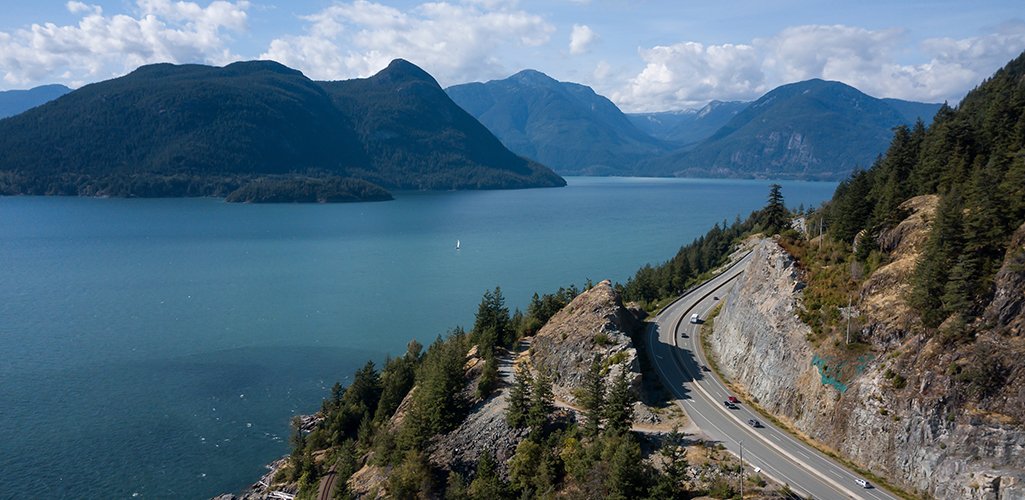
Can You Suggest Some Scenic Drives Around Vancouver Washington
5 August 2023
Things You Need to Know About Camas, Washington…
2 November 2023